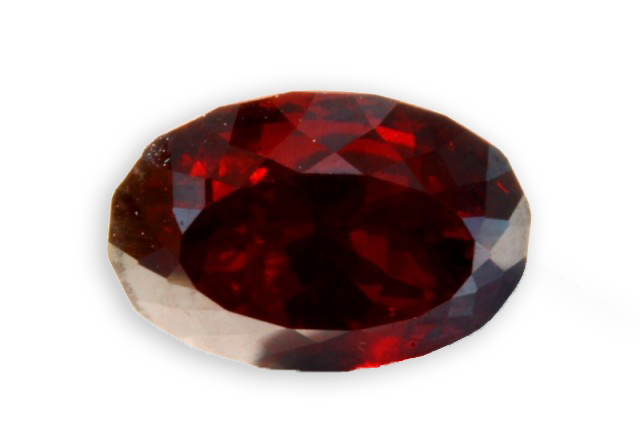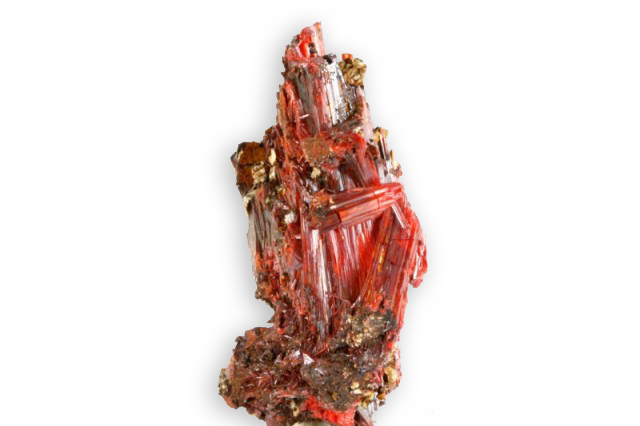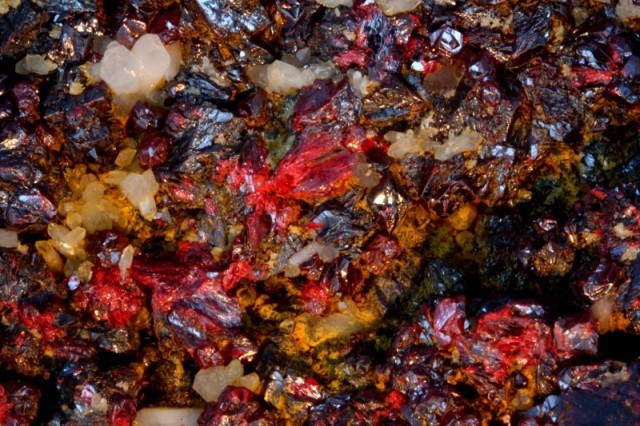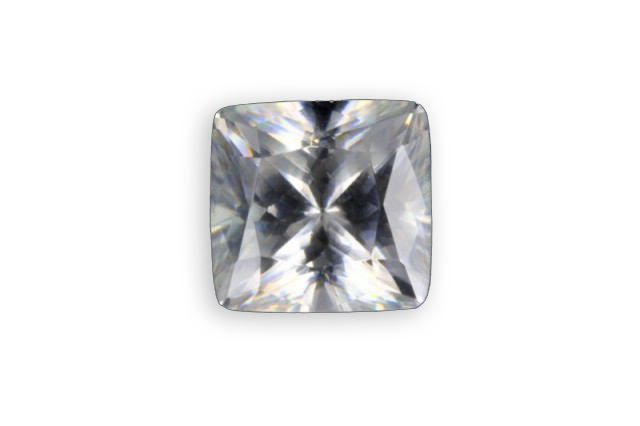
greenockite
Its name honors Lord Greenock, from Greenock in Scotland where it was discovered in 1840.
Je vous emmène à travers mes vidéos découvrir mon expérience acquise depuis plus de 30 ans a silloner le globe entier à la recherche de pierres précieuses, de rencontre mémorables mais aussi de difficulté parfois …

Its name honors Lord Greenock, from Greenock in Scotland where it was discovered in 1840.

This gem, the best known and most prestigious, is named after its hardness, “adamant” in Greek, which means unconquerable because there are no known naturally occurring minerals that are harder than it. Pure and white, it has an incomparable brilliance, and it sparkles in all

Its name comes from the Latin “Cuprum” which means copper, it was discovered by von Haidinger in 1845. The chaloctrichite is a form that looks like thin hair hence the name derived from Greek (copper hair). There are massive varieties mixed with chrysocolla and tenorite


